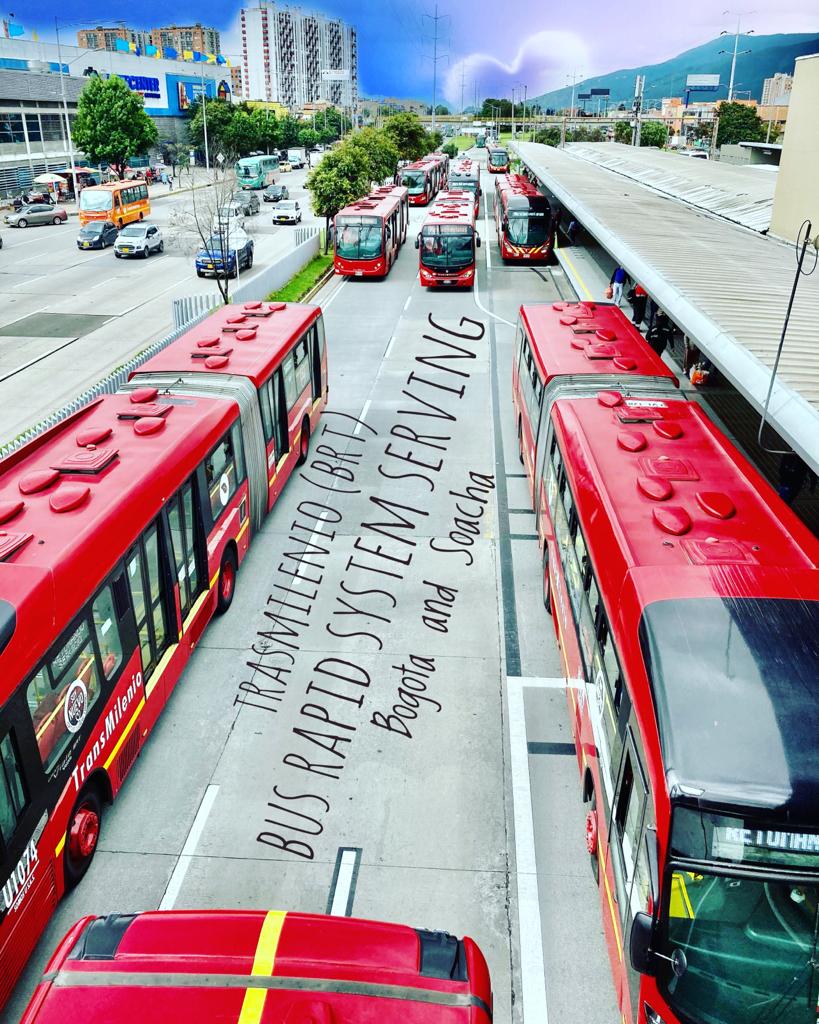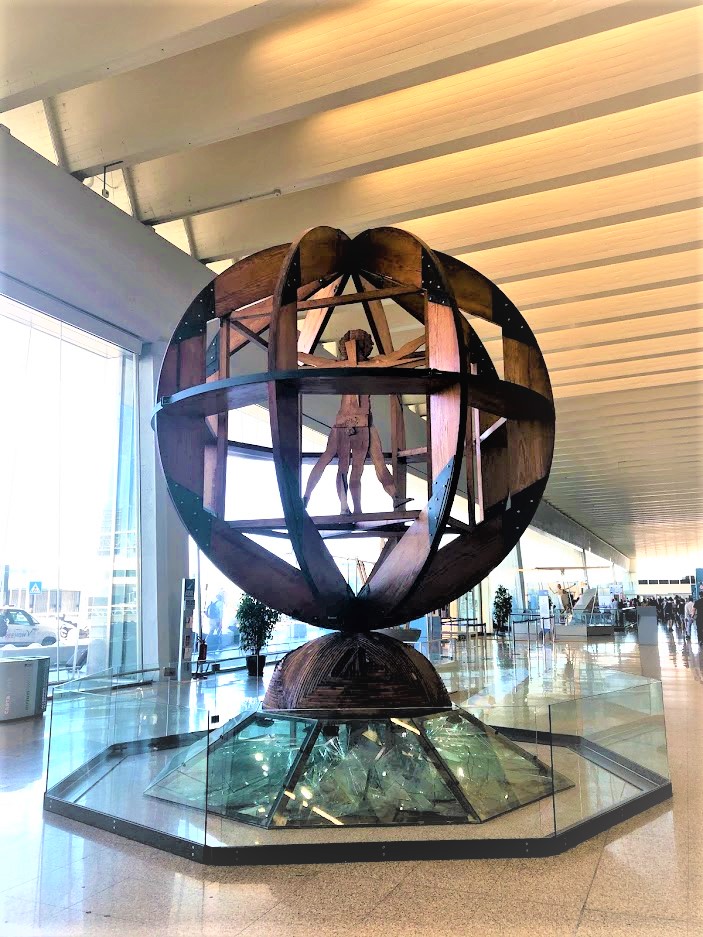Luang Prabang, translating to “Royal Buddha Image,” is situated in north-central Laos. Declared a UNESCO World Heritage Site in 1995, the city boasts a distinctive blend of architectural, religious, and cultural legacies, a testament to centuries of both rural and urban influences, including the imprint of French colonial presence during the 19th and 20th centuries.
With a population of around 70,000 people, the city’s compact centre is defined by four main roads, prominently featuring the bustling Sisavangvong Road where the vibrant daily night market unfolds.
Sisavangvong Road is lined with a plethora of restaurants, serving as a bustling gateway to the renowned Mount Phou Si. Perched on a peninsula at the confluence of the Nam Khan and Mekong Rivers, Luang Prabang unfolds its scenic charm.
A visit to the tourist information centre is highly recommended, offering an interactive screen providing comprehensive details about the city. Here, tourists can effortlessly access information on city highlights, tours, festivals, accommodation options, activities, and transportation, ensuring a well-informed exploration of Luang Prabang.
TAEC – Traditional Arts & Ethnology Centre
Upon my arrival in Luang Prabang, my first exploration led me to the Traditional Arts & Ethnology Centre (TAEC). In Laos, opportunities to explore the diverse tribes, cultures, and textiles of the country are limited. However, Luang Prabang houses a gem in the form of a small museum that proved to be a fortunate discovery during my stay.

The entrance fee to TAEC is quite reasonable, priced at only 25,000 Kip (£2.50, or COP9,000). Beyond serving as a museum, TAEC actively participates in research, artefact preservation, exhibitions, education, and the development of handicrafts. The museum’s edifice itself holds a rich history, dating back to its construction in 1920 during the French colonial period. Over the years, it has played diverse roles, serving as a military court and housing various ethnic minorities before transforming into the informative and engaging museum that it is today.
Despite its modest size, comprising only three rooms, the museum offered a comprehensive insight into the ethnic groups, rural lifestyles, traditional attire, and customs of Lao tribes. The information was thoughtfully organised, making it easy to navigate with English labels.
The exhibits included descriptive texts, photographs, and objects sourced from villages in northern Laos, providing a rich and immersive experience into the cultural tapestry of the region.


During my visit, I gained insights into the distribution of the four ethnolinguistic groups: Tai-Kadai, encompassing ten subgroups; Hmong-Yao, consisting of three subgroups; Sino-Tibetan, incorporating another nine subgroups; and Austro-Asiatic, comprising an additional thirty subgroups. This educational journey illuminated the diverse linguistic and cultural landscape of Laos, providing a nuanced understanding of its rich heritage



The museum features a petite souvenir shop with a mission of supporting sustainable livelihoods. Offering authentic handicrafts directly sourced from ethnic artisans, predominantly ethnic minority women, the shop ensures fair compensation. 50% of the shop’s income is reinvested in villages across Laos. Eager to contribute, I bought a double-sided textile cap crafted by Tai Lue women. This exquisite gift for my hat-loving sister, Sandra, cost 200,000 Kip (£19, or COP71,000).
The Tai Lue group, known for their devout Buddhism, specialises in crafting handwoven cotton and silk textiles, adding cultural significance to the heartfelt present.

For those inclined to support these initiatives, reaching out to http://www.taeclaos.org or exploring shop.taeclaos.org provides avenues to contribute. Personally invested in acquiring a beautiful red necklace crafted by the Akha Nuqui, I’ve been proudly wearing it since the purchase, enamoured by its charm.
TAEC offers half-day handicraft workshops conducted by skilled ethnic artisans. During my visit, I had the opportunity to witness one of these workshops in progress, adding an extra layer of appreciation for the craftsmanship behind these unique creations.

“A visit to a museum is a search for beauty, truth and meaning of our human lives”
With love from
Jenny
😊






Leave a comment